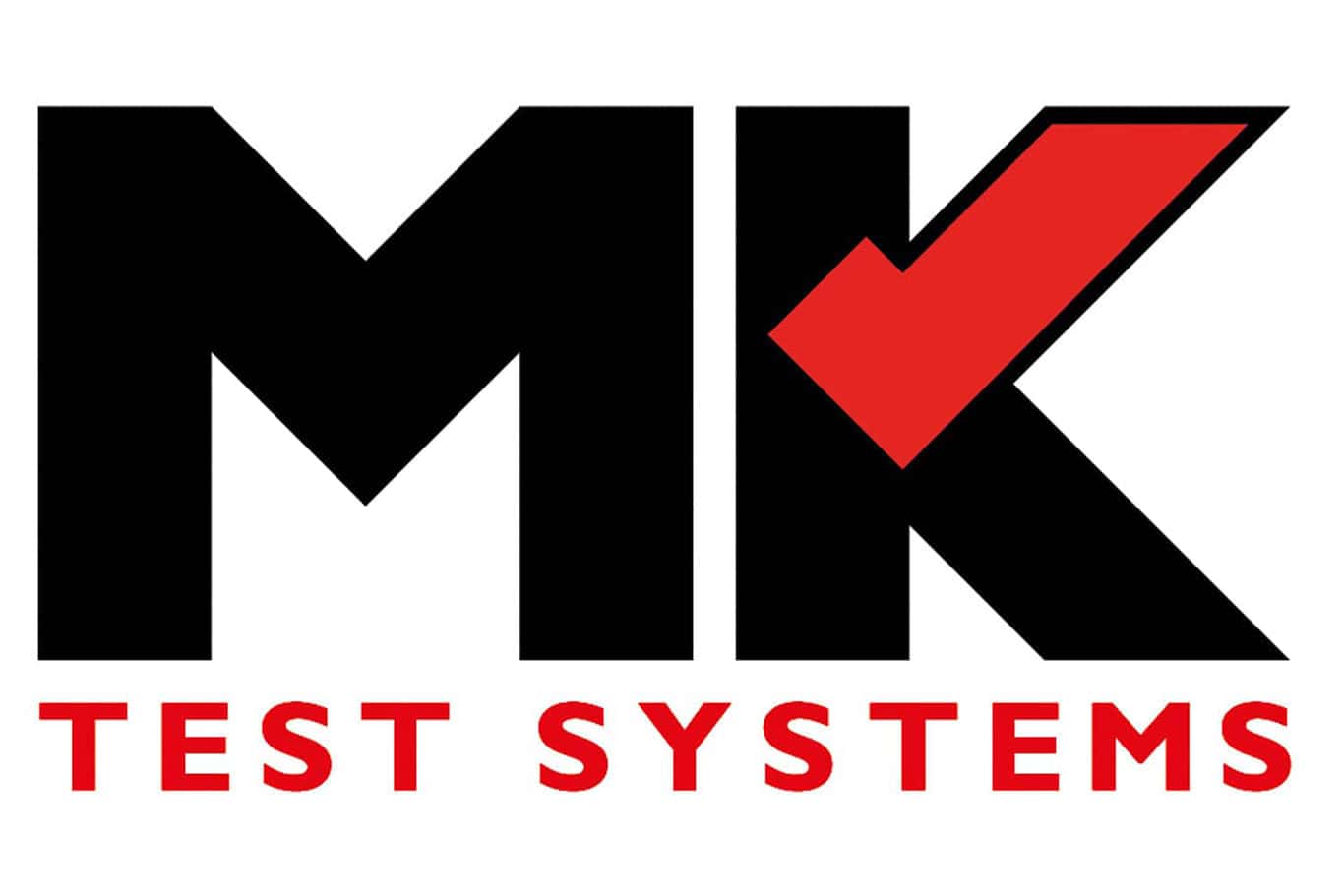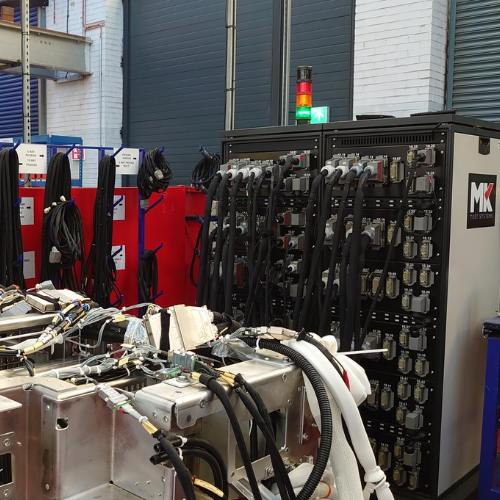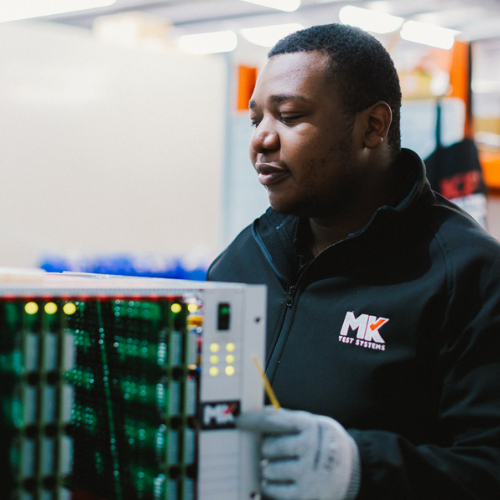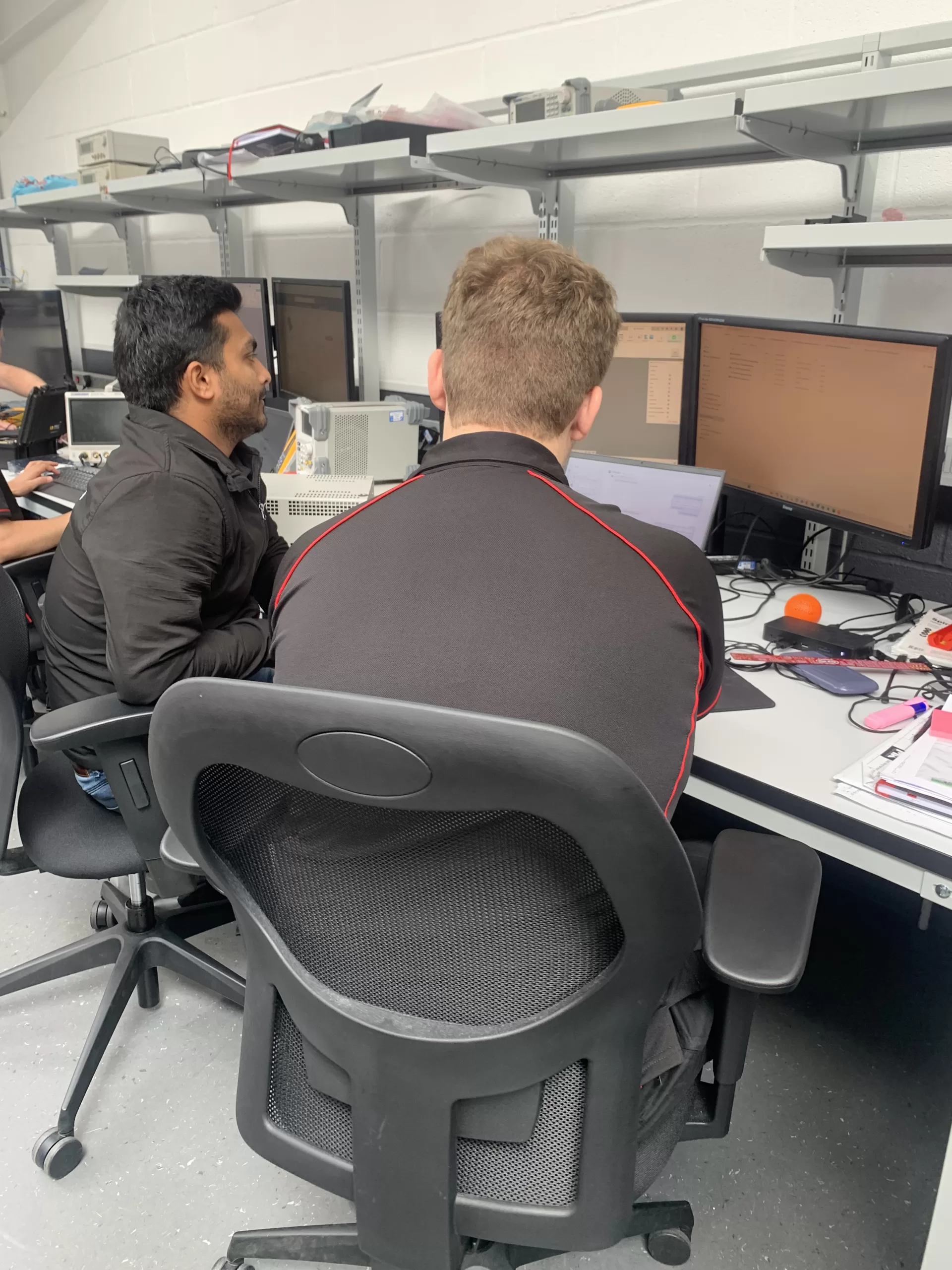
This quick read describes the purpose, process and equipment used for carrying out a HiPot test on cables and wire harnesses.
Purpose of HiPot testing
HiPot testing is also known as a dielectric withstand test. It’s one of many types of electrical testing that is typically performed on cable and wire harnesses.
The purpose of the test is to measure insulation breakdowns, shorts, and open circuits in the wire harness.
HiPot testing is usually carried out on wire harnesses, cables, circuit boards, and other components that are electrically live. The test can be performed with a manual tester or using an automatic test equipment (ATE) such as Automeg.
HiPot test process
A HiPot tester consists of a power supply unit and two electrodes. One electrode is connected to the power supply and the other one is connected to the unit under test (UUT).
The tester has an input for connecting the UUT and a power supply unit with two output terminals for connection to electrodes. The electrodes are used as input/output terminals for connection to another UUT.
The test is carried out by applying an electric potential difference of 5,000 volts to the UUT for a set amount of time and measuring current flow through it.
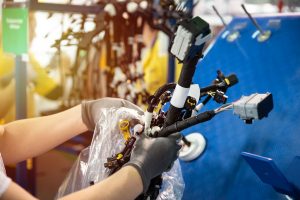 HiPot test systems
HiPot test systems
There are different categories of test systems or instruments available, ranging from manual through to semi-automatic and automatic. The differences between systems are:
- How the testing is carried out
- The variety of different tests a system can carry out in addition to HiPot testing
- What the system can do with the test data
Manual testing involves the operator physically adapting the test parameters during the test. They must also manually record the results of the HiPot test, which is a method open to capturing incorrect data.
Fully automatic test systems – such as Automeg – carry out the testing from a pre-defined test program. They also have functionality to run several other types of electrical testing as well as HiPot, such as continuity and insulation resistance testing. Automatic test systems record and store the test data, compiling reports for operators and QA departments to maintain quality records and provide reports to end customers of the wire harnesses which have been tested.
Want to know more?
Learn more about Automeg here or visit our blog for more useful articles.
